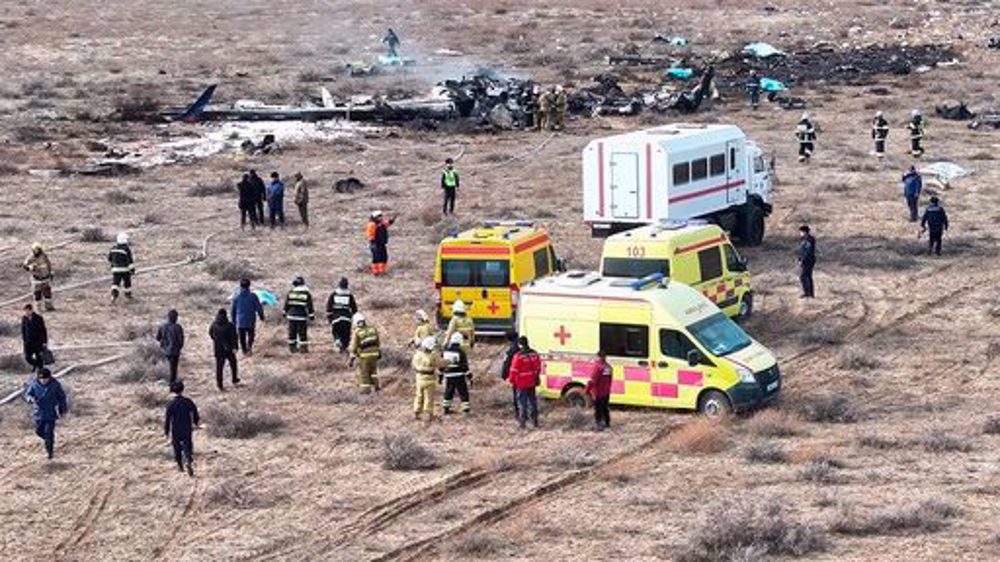ESA space telescope ready to gaze at far-flung planets
The European Space Agency's (ESA) CHEOPS - meaning 'CHaracterising ExOPlanet Satellite' - has successfully passed final tests in Spain, before being shipped to French Guiana for launch later this year.
The space telescope will help scientists glimpse hundreds of known planets outside of our Solar System. The so-called "planet hunter" is fitted with just one instrument - a powerful camera, or photometer - that will record light from an exoplanet's star.
CHEOPS will measure the tiny dip in light from a star when a planet transits across it. Scientists say measuring that dip will give them valuable information about the size of planets circling other stars.
This will help them approximate their density and whether they're rocky or gassy, giving them clues to their formation. CHEOPS will operate in a low-Earth orbit about 700 kilometers above us. Its camera will always point towards the night side, meaning sunlight won't disturb its sensitive measurements.
This exoplanet - named "HD 189733b" - is one of almost 4,000 thought to have been discovered since 1995. It's hoped CHEOPS will help scientists identify far-flung planets with the potential to host life.
CHEOPS will soon be shipped to ESA's spaceport in Kourou, French Guiana. Scientists are targeting a launch onboard a Soyuz rocket between 15 October - 14 November later this year.
Airbus Defense and Spain is the spacecraft contractor. The University of Bern led construction of its sensitive science instrument.
(Source: AP)
VIDEO | Israel’s war spending
Palestine Action wins again
VIDEO | Palestinian Authority's blockade of Jenin refugee camp reaches third week
Dec. 25: ‘Axis of Resistance’ operations against Israeli occupation
Lavrov warns West against challenging Russia's resolve to defend interests
VIDEO | Press TV's news headlines
Yemen parl. condemns ‘shameful’ silence of Arab states on Israeli crimes in Gaza, Syria
VIDEO | Iran’s Christians mark Christmas with hopes for Gaza resolution









 This makes it easy to access the Press TV website
This makes it easy to access the Press TV website